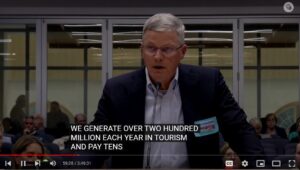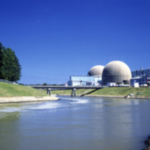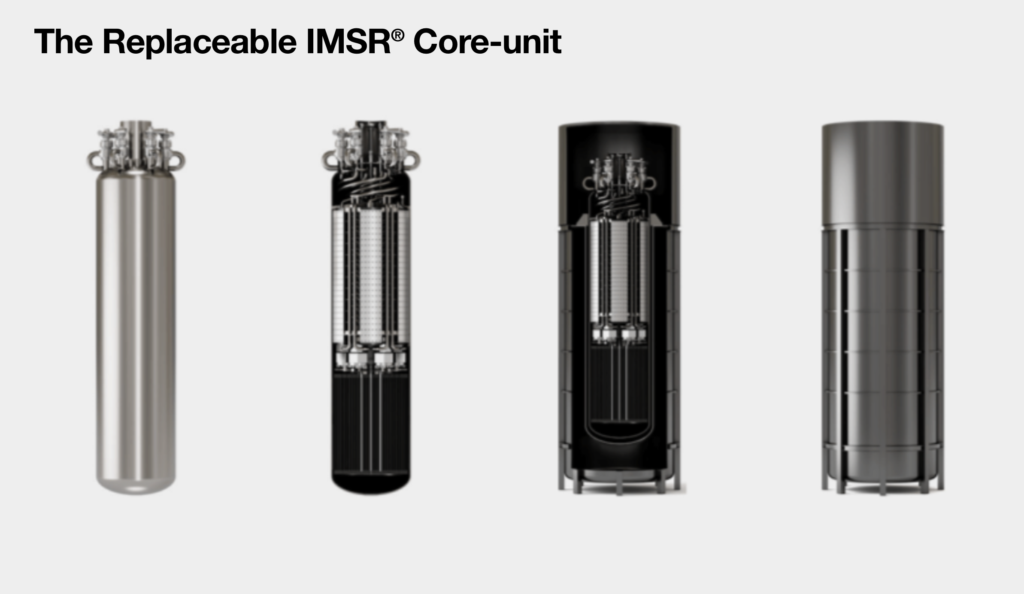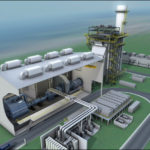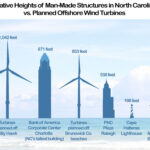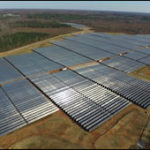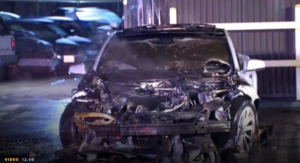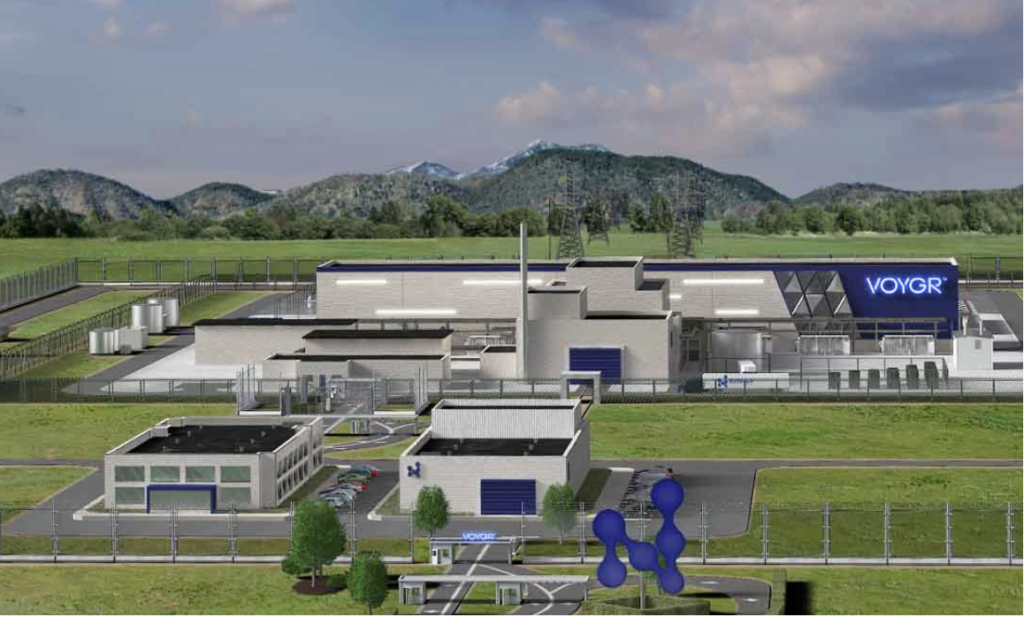
VOYGR™ SMR plants powered by NuScale Power Module™, the only small modular reactor (SMR) to receive design approval from the U.S. Nuclear Regulatory Commission (NRC). Courtesy NuScale.
by James C. Sherlock
Where is Virginia going with nuclear power, the non-carbon energy source that works 24/7/365 to maintain grid stability for all those sources that do not?
Where we are. Virginia has four nuclear reactors producing electric power — two at Surry station in Surrey County (produces 14% of Virginia’s electricity) and two at North Anna in Louisa County (17% of Virginia’s electricity).
Surry has two Westinghouse pressurized water reactors that went on-line in 1972 and 1973 respectively. Surry’s licenses from the NRC have been renewed to 2052 and 2053 respectively. North Anna has two similar Westinghouse reactors which went on-line in 1978 and 1980, respectively. Dominion expects those licenses to be extended until 2058 and 2060.
In 2017, Dominion was issued a permit by the NRC to build a third, much more powerful and newer technology reactor at North Anna. The permit is good until 2037. It is not in Dominion’s current plans.
Under the Virginia Clean Economy Act (VCEA), Virginia is legally required to retire all baseload generation, except for incumbent nuclear power plants, in favor of renewable generation by 2050.
In 2022, Governor Youngkin released an all-of-the-above energy plan which announced that Virginia would build a Small Modular Reactor (SMR) in southwest Virginia.
The goal is to have the SMR in operation by 2032.
For an explanation of SMR, see Dominion’s short essay starting on page 9 of its Integrated Resource Plan. Dominion has included SMRs as an available resource in all of its plan options beginning in 2032.
That initiative is welcome, but is fuzzy with regard to actual deployment plans, which are not yet formulated.
And fuzzy with regards to compliance with the VCEA, at least to me. If they are not compliant, then the law should be changed to accommodate them. Continue reading →



